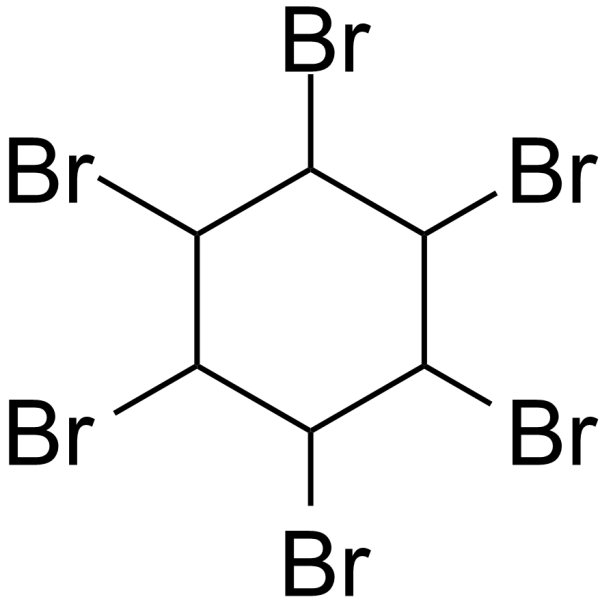CXCL10/CXCR3 signaling mediates inhibitory action by interferon-gamma on CRF-stimulated adrenocorticotropic hormone (ACTH) release.
Kotaro Horiguchi, Ken Fujiwara, Takehiro Tsukada, Saishu Yoshida, Masashi Higuchi, Kozue Tateno, Rumi Hasegawa, Shu Takigami, Shunji Ohsako, Takashi Yashiro, Takako Kato, Yukio Kato
Index: Cell Tissue Res. 364 , 395-404, (2016)
Full Text: HTML
Abstract
Secretion of hormones by the anterior pituitary gland can be stimulated or inhibited by paracrine factors that are produced during inflammatory reactions. The inflammation cytokine interferon-gamma (IFN-γ) is known to inhibit corticotropin-releasing factor (CRF)-stimulated adrenocorticotropin (ACTH) release but its signaling mechanism is not yet known. Using rat anterior pituitary, we previously demonstrated that the CXC chemokine ligand 10 (CXCL10), known as interferon-γ (IFN-γ) inducible protein 10 kDa, is expressed in dendritic cell-like S100β protein-positive (DC-like S100β-positive) cells and that its receptor CXCR3 is expressed in ACTH-producing cells. DC-like S100β-positive cells are a subpopulation of folliculo-stellate cells in the anterior pituitary. In the present study, we examine whether CXCL10/CXCR3 signaling between DC-like S100β-positive cells and ACTH-producing cells mediates inhibition of CRF-activated ACTH-release by IFN-γ, using a CXCR3 antagonist in the primary pituitary cell culture. We found that IFN-γ up-regulated Cxcl10 expression via JAK/STAT signaling and proopiomelanocortin (Pomc) expression, while we reconfirmed that IFN-γ inhibits CRF-stimulated ACTH-release. Next, we used a CXCR3 agonist in primary culture to analyze whether CXCL10 induces Pomc-expression and ACTH-release using a CXCR3 agonist in the primary culture. The CXCR3 agonist significantly stimulated Pomc-expression and inhibited CRF-induced ACTH-release, while ACTH-release in the absence of CRF did not change. Thus, the present study leads us to an assumption that CXCL10/CXCR3 signaling mediates inhibition of the CRF-stimulated ACTH-release by IFN-γ. Our findings bring us to an assumption that CXCL10 from DC-like S100β-positive cells acts as a local modulator of ACTH-release during inflammation.
Related Compounds
| Structure | Name/CAS No. | Molecular Formula | Articles |
|---|---|---|---|
 |
1,2,3,4,5,6-HEXABROMOCYCLOHEXANE
CAS:1837-91-8 |
C6H6Br6 |
|
Nutritional state modulates growth hormone-stimulated lipoly...
2015-01-01 [Gen. Comp. Endocrinol. 217-218 , 1-9, (2015)] |
|
Induction and activation of human Th17 by targeting antigens...
2014-06-15 [J. Immunol. 192(12) , 5776-88, (2014)] |
|
Cell migration towards CXCL12 in leukemic cells compared to ...
2016-04-01 [Cell. Signal. 28 , 316-24, (2016)] |
|
Increased IL-21 secretion by aged CD4+T cells is associated ...
2012-09-01 [Aging (Albany. NY.) 4 , 648-59, (2012)] |
|
ERK, Akt, and STAT5 are Differentially Activated by the Two ...
2011-01-01 [Front. Endocrinol. (Lausanne.) 2 , 30, (2012)] |